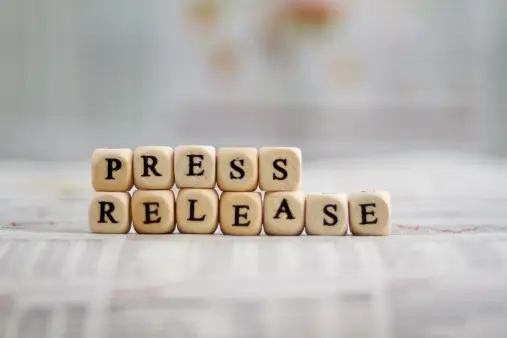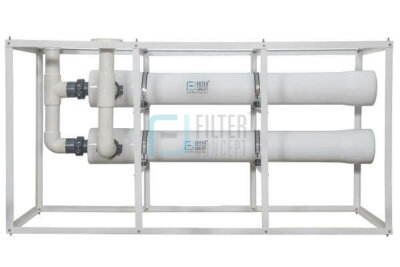What are some common mistakes to avoid in a press release?

In the realm of public relations, press releases serve as indispensable tools for disseminating important information to the media and the public. Crafted effectively, they can enhance brand visibility, drive traffic, and generate interest in your company or organization. However, despite their significance, press releases often fall victim to common errors that can undermine their impact and effectiveness. To ensure your press release achieves its intended goals, it’s crucial to steer clear of these pitfalls. Let’s delve into some of the most prevalent mistakes to avoid:
1. Lack of Newsworthiness
- Issue: One of the primary mistakes in press release writing is failing to offer genuinely newsworthy content. If your press release lacks relevance or fails to provide anything of interest to journalists or the target audience, it’s unlikely to gain traction.
- Solution: Ensure your press release contains timely, significant, and compelling information. Ask yourself: Does this announcement offer something genuinely valuable or interesting to the intended audience? If not, reconsider the angle or timing.
2. Poor Formatting and Structure
- Issue: Press releases with poor formatting, dense text, or a lack of structure can be challenging for journalists to read and comprehend quickly. If your release is difficult to digest, it may get overlooked in favor of more accessible content.
- Solution: Use a clear, concise format with a compelling headline, subheadings, and bullet points to break up information. Make sure your key points are prominent and easy to locate, enhancing readability and engagement.
3. Overly Promotional Tone
- Issue: While press releases aim to promote your organization or its achievements, excessive self-promotion can turn off journalists and readers. Press releases should offer valuable information rather than coming across as blatant advertisements.
- Solution: Strike a balance between promotional content and informative storytelling. Focus on providing valuable insights, data, or solutions that resonate with your audience while subtly showcasing your brand or product.
4. Neglecting to Include Relevant Details
- Issue: Omitting essential details or failing to provide sufficient context can leave readers confused or skeptical about the significance of your announcement. Without clear information, journalists may disregard your press release altogether.
- Solution: Include pertinent details such as dates, locations, names, statistics, and quotes from relevant stakeholders. Provide background information to help readers understand the context and importance of the announcement.
5. Ignoring Journalistic Style and Tone
- Issue: Press releases that don’t align with journalistic style guidelines or adopt an overly formal or promotional tone may not resonate with media professionals or their audiences. Failure to adhere to journalistic norms can diminish the credibility and impact of your release.
- Solution: Write your press release in a concise, neutral tone, adhering to AP style guidelines where applicable. Aim for clarity and objectivity, avoiding hyperbole or jargon that could alienate readers. Tailor your language to suit the preferences of journalists and the intended audience.
6. Neglecting the Importance of Headlines and Hooks
- Issue: In a sea of press releases, a bland or uninspiring headline can cause yours to go unnoticed. Similarly, failing to grab the reader’s attention with a compelling hook in the opening paragraph diminishes the chances of engagement.
- Solution: Craft a captivating headline that succinctly conveys the essence of your announcement and entices readers to learn more. Follow up with a compelling lead paragraph that highlights the most crucial aspects of the story, encouraging readers to continue reading.
7. Inaccurate or Misleading Information
- Issue: Providing inaccurate, incomplete, or misleading information damages your credibility and undermines trust with journalists and the public. Even minor inaccuracies can lead to skepticism or negative publicity.
- Solution: Ensure all information in your press release is factually accurate, up-to-date, and supported by credible sources. Double-check names, titles, statistics, and any other details to prevent errors. Transparency and honesty are paramount to maintaining trust.
8. Neglecting Multimedia Elements
- Issue: Failing to incorporate multimedia elements such as images, videos, or infographics limits the visual appeal and shareability of your press release. Multimedia assets can enhance storytelling, capture attention, and increase engagement.
- Solution: Supplement your press release with relevant multimedia assets that complement the narrative and provide additional context or visual interest. Ensure all multimedia elements are high-quality, properly formatted, and easily accessible for journalists and readers.
9. Sending Without a Distribution Strategy
- Issue: Distributing your press release indiscriminately or without a targeted distribution strategy can result in it getting lost in a sea of irrelevant content. Without a clear plan for reaching the right audience, your efforts may yield minimal results.
- Solution: Develop a targeted distribution strategy tailored to reach journalists, bloggers, influencers, and other stakeholders who are most likely to find your announcement relevant and compelling. Utilize press release distribution services, media lists, and personalized outreach to maximize visibility and impact.
10. Neglecting Follow-Up and Engagement
- Issue: Sending out a press release is just the first step; neglecting to follow up with journalists or engage with your audience afterward can limit the reach and effectiveness of your efforts. Without proactive follow-up, your press release may quickly fade into obscurity.
- Solution: Follow up with journalists and media outlets to ensure they received your press release and inquire if they need any additional information or interviews. Leverage social media, email newsletters, and other channels to engage with ypour audience, encourage discussion, and amplify the reach of your announcement.





